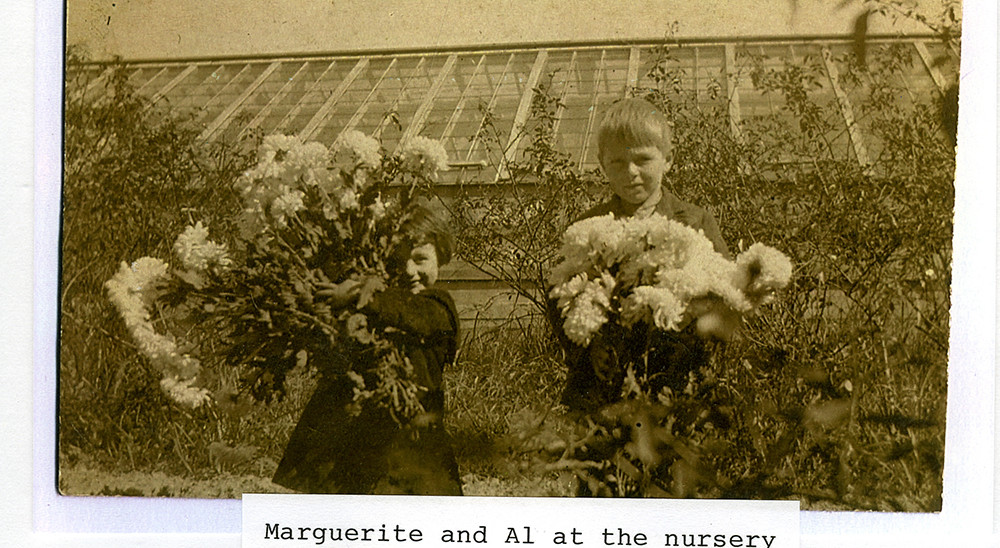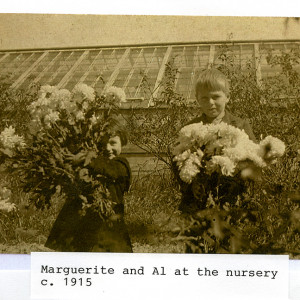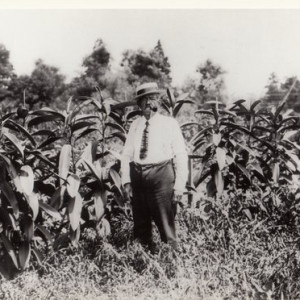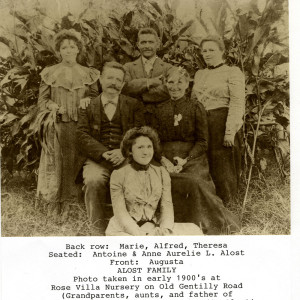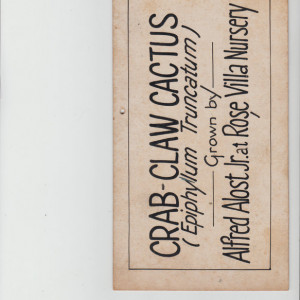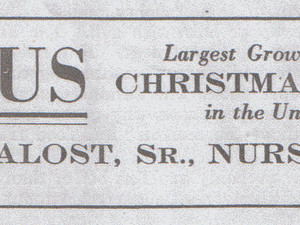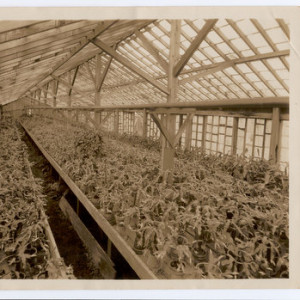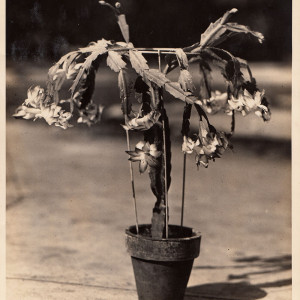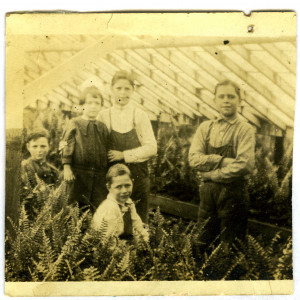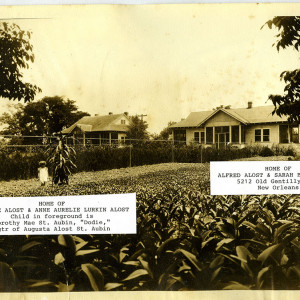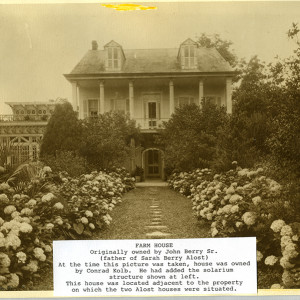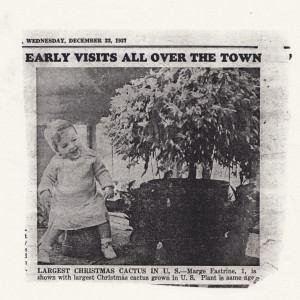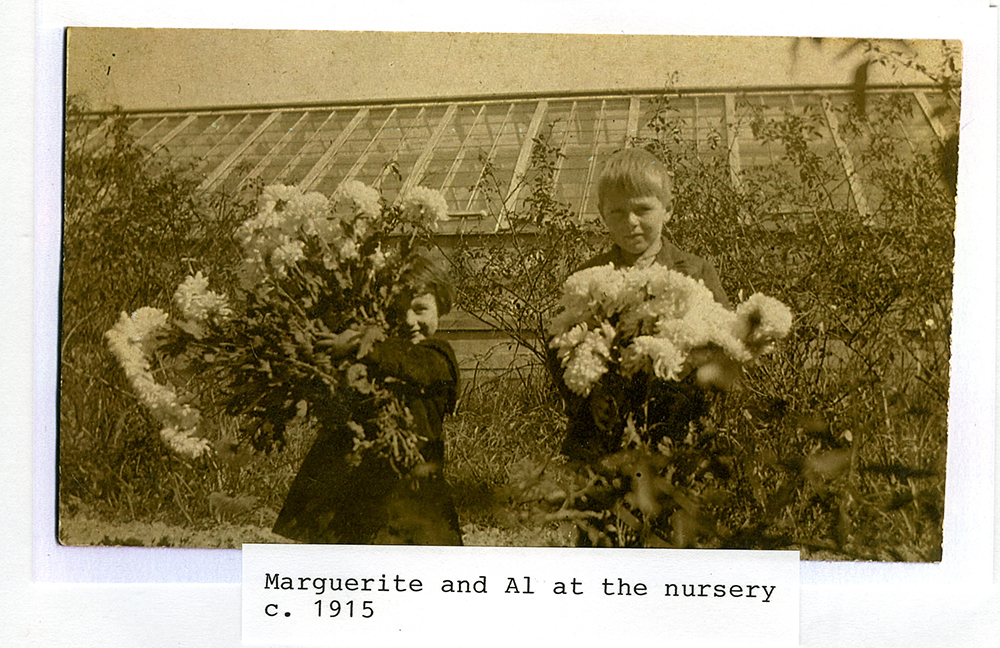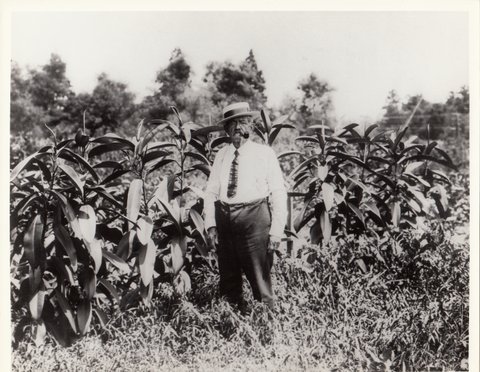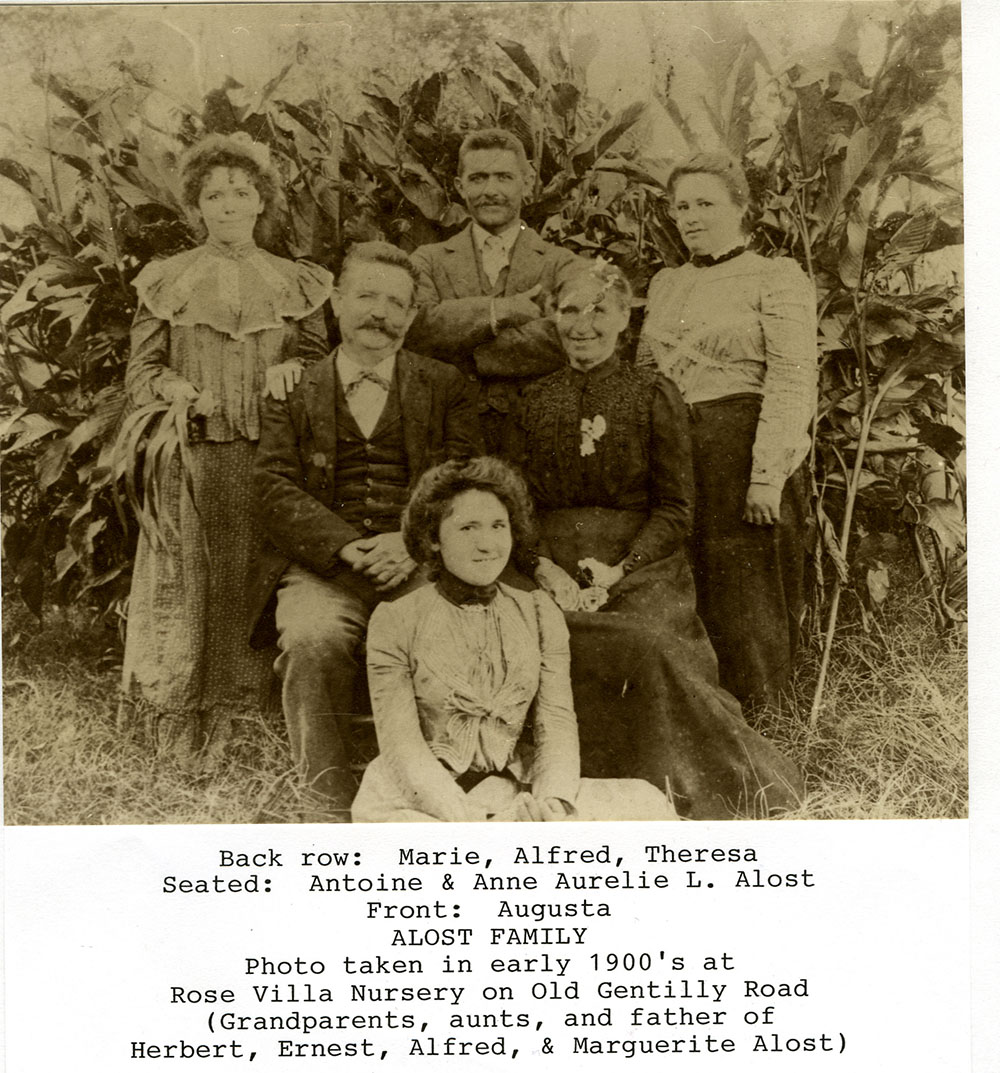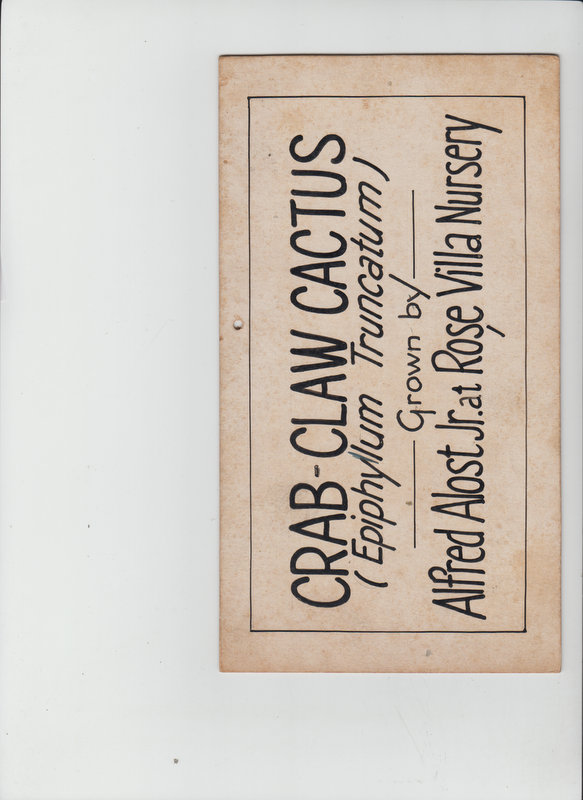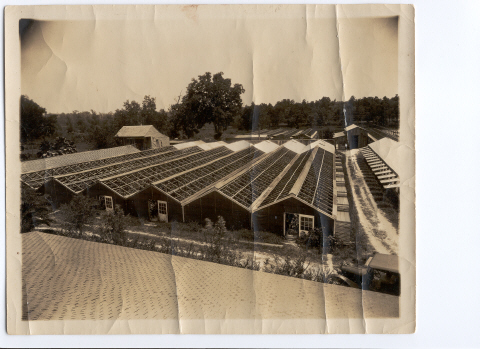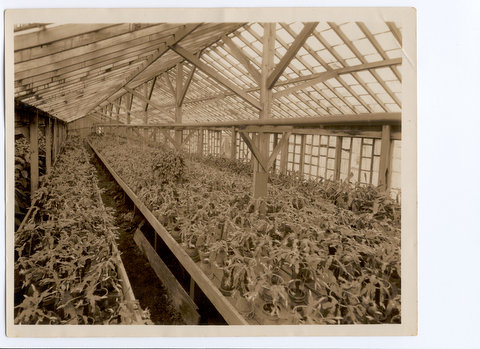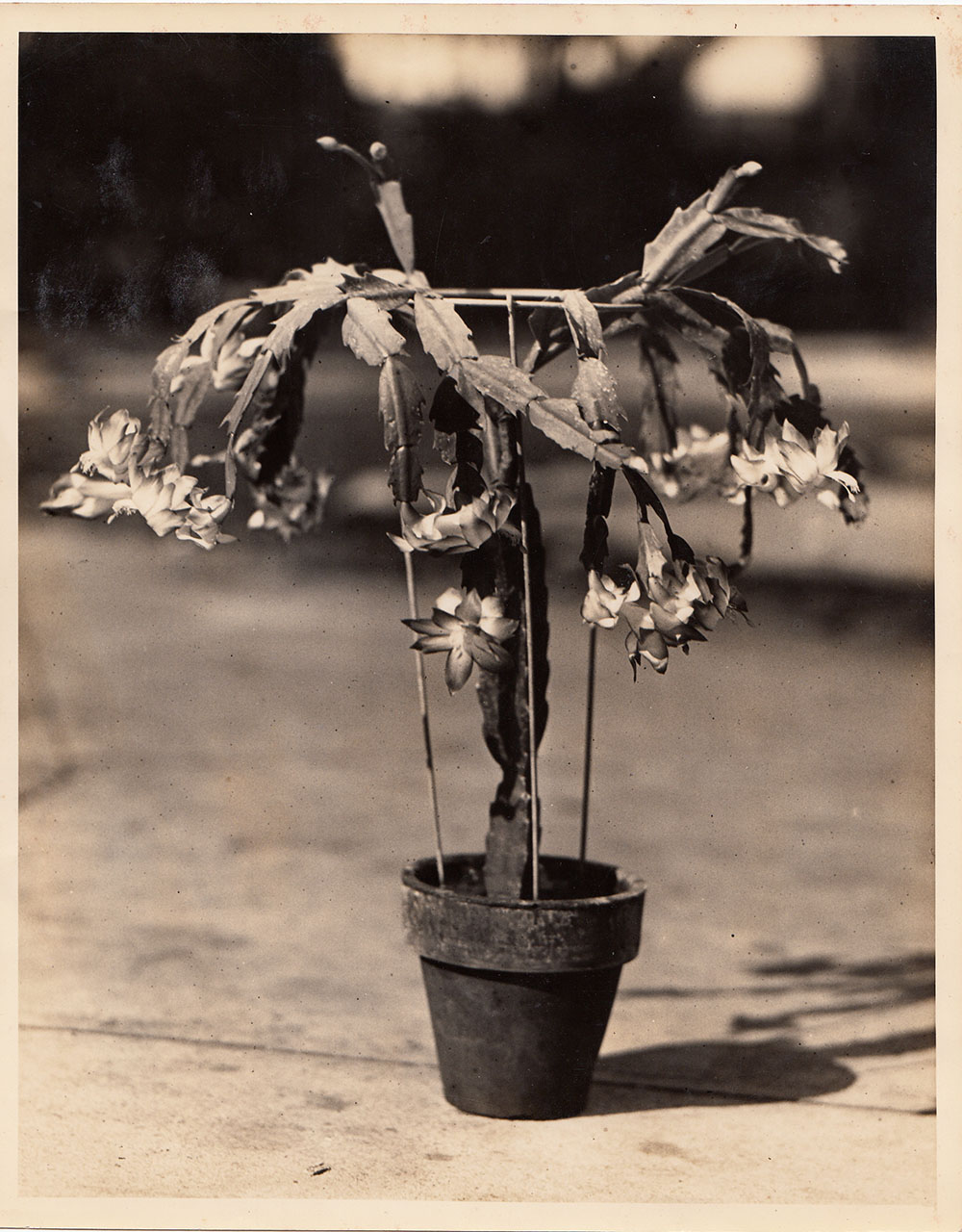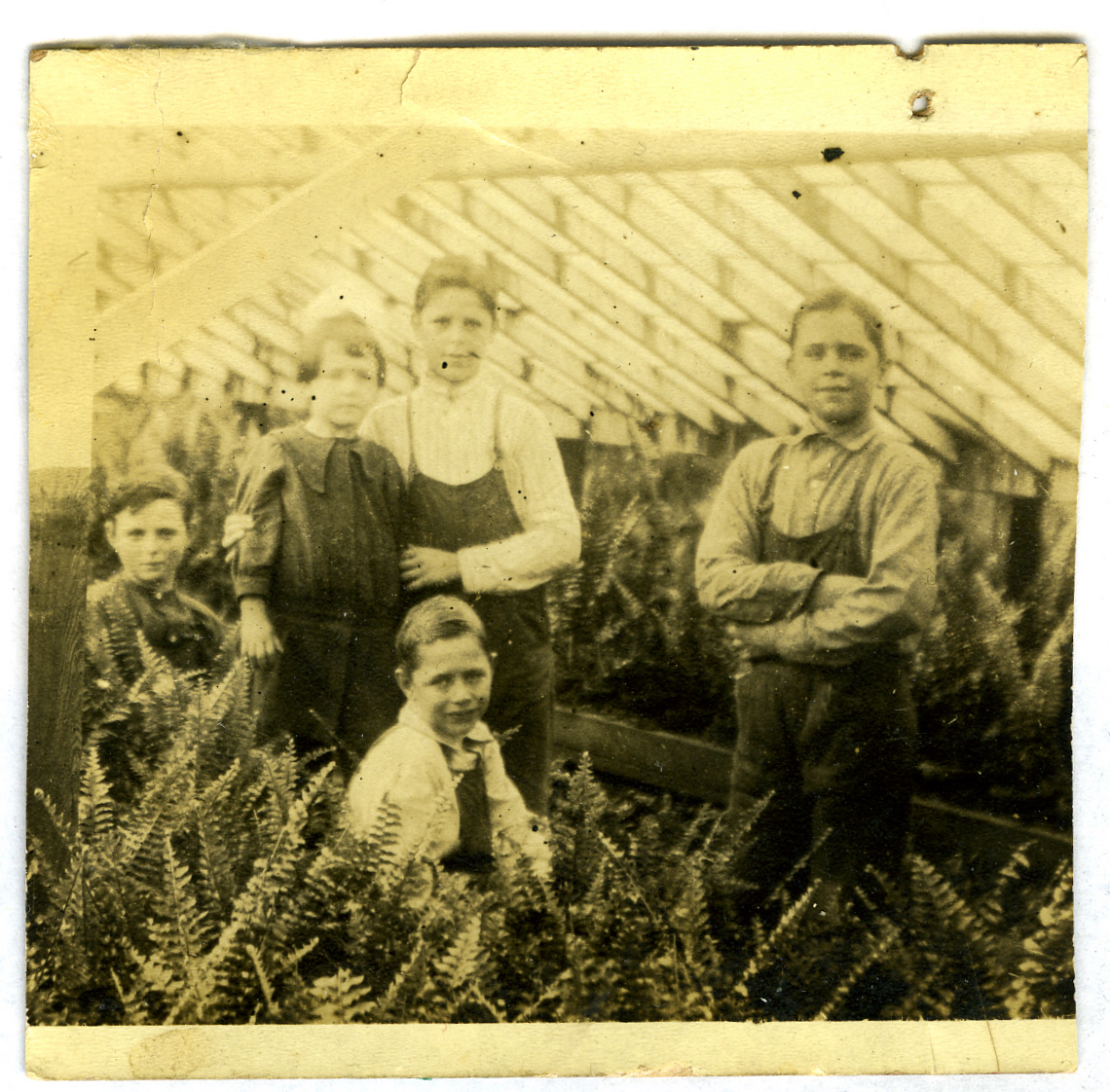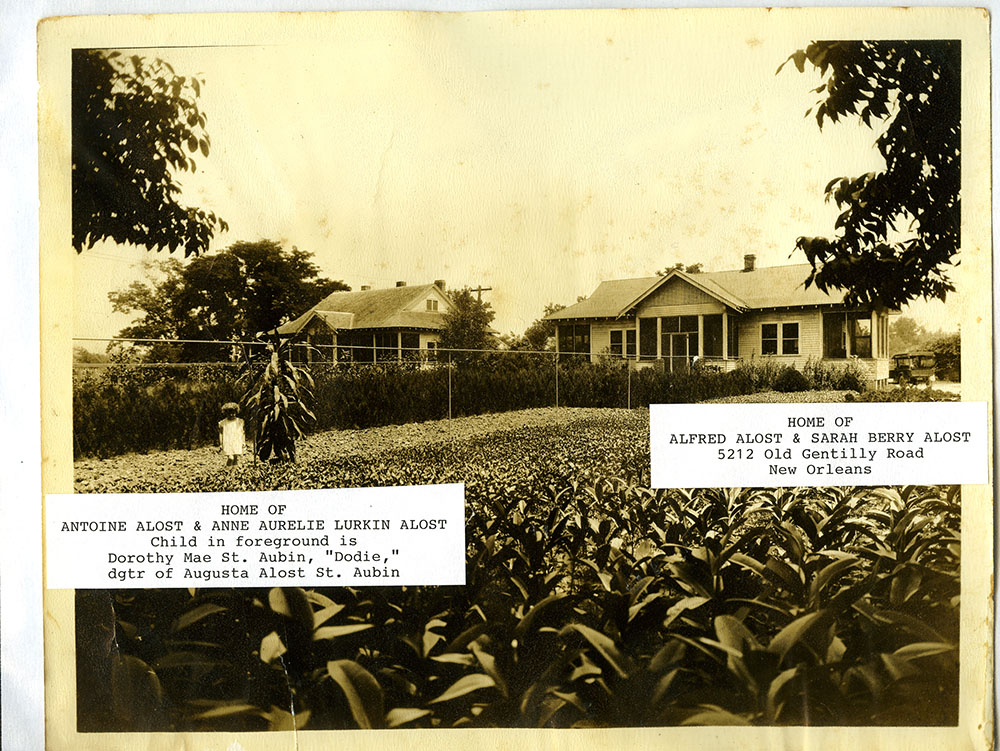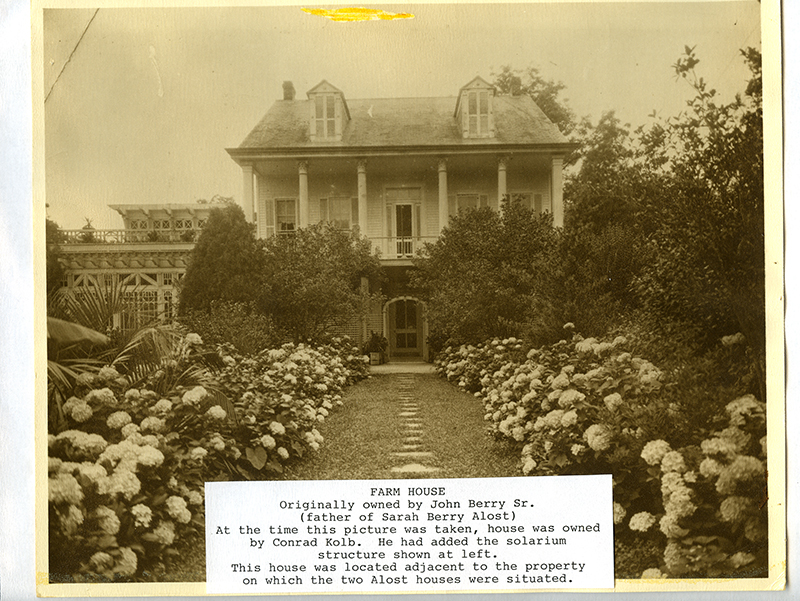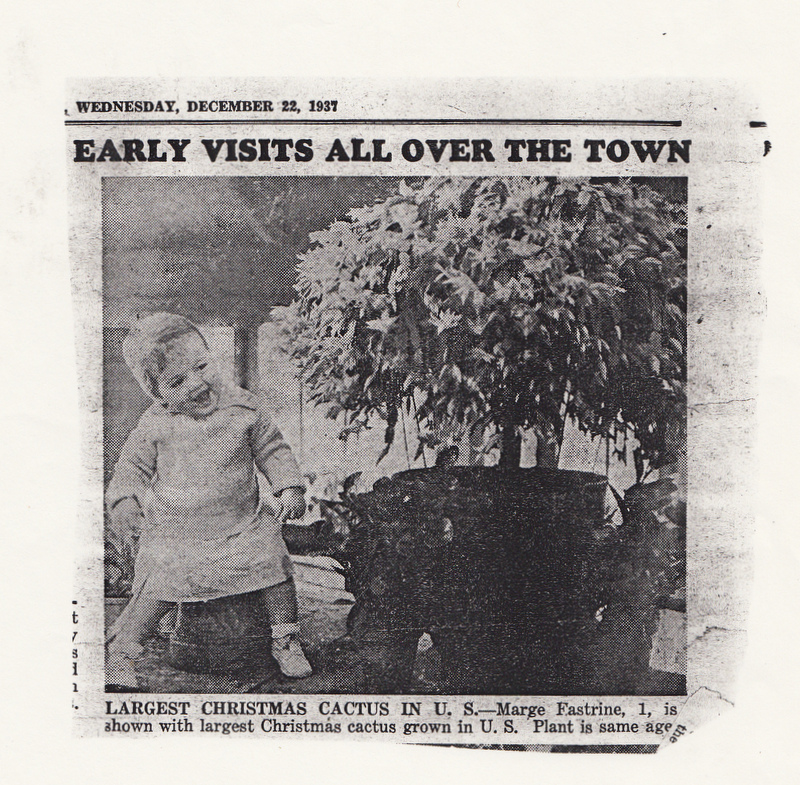Rose Villa Nursery
The story of the Alost family nurseries begins not in New Orleans, where the family’s greenhouses existed for years, but across the ocean in Europe. Antoine Alost was born in Brussels, Belgium, where he was in charge of the palace gardens of King Leopold II, and was decorated by the king. While employed under the king, he had the special daily task of decorating the bedroom and boudoir of the dowager Queen, wife of King Leopold, with flowers. His family home was near the grounds of the brother of King Leopold, and the children of the Alost family were friends with the royal children. He came into the position in 1868. Alost’s wife Ann Aurelia Lurkin was also from Brussels and his children Marie, Therese, Alfred, Joseph, and Augusta were born there, though all of his grandchildren would be born in the United States. The family immigrated to America in 1884, arriving in Dallas, Texas on the steamer Bordeaux.
The Alost family settled in New Orleans, where their nursery business Rose Villa took shape. The nursery grew mums, ferns, rubber tree plants, and more, some of which are shown in these images. They had field-grown material as well as a greenhouse production. For a time, Rose Villa was one of the largest suppliers of Christmas cactus. Christmas cactus was a popular holiday seasonal plant that needed cold protection even in Louisiana, and therefore it was grown in the greenhouses. The plants were grafted and Joseph A. Alost Jr. developed the metal supports used to hold the grafted stock together (pictured).
In 1898 Prince Albert Leopold of Belgium, later to become King Albert I, visited the United States under the cloak of secrecy. The young prince came to New Orleans incognito and stayed with Antoine Alost, former florist to the palace. He explored America by rail, worked as an engineer in oil fields, and took other odd jobs to learn about the business of being an everyman in the United States. Alost played host to the 22-year-old prince during this youthful escapade. During his time in New Orleans, Prince Albert used the name C.A. Harris and went door-to-door selling books. His customers would have been very surprised to learn they had bought their tomes from European royalty.
Rose Villa was one of several large growers of chrysanthemums on Old Gentilly Road, in the outskirts of New Orleans. Rose Villa was home to three greenhouses, 20 by 110 feet, planted in the cultivar ‘Mrs. Robinson.’ The covering was made of movable glazed frames, which were put in place when the buds were fairly expanded. Other greenhouses were filled with different stock. According to The Weekly Florist’s Review (1908):
“Mr. Alost believes in growing what pays, and his large business in cut flowers at his stand at the French market calls for any quantity of stuff all the year around. His field roses are just now a little at rest, but they will start with a new vigor some- time next month. A large plot of ground, which is now planted in cowpeas, to be plowed under as a fertilizer, will be sowed in annuals for early spring.”
In 1914 Alost grew his normal crops of 25,000 white mums. Most of the flower growers reserved their chrysanthemum stock for the French Market for All Saints’ Day on November 1st, an important French holiday. That year he also grew Phoenix canariensis, a relative of the date palm, and Washingtonia filifera, also known as desert fan palm. His flower stock was varied and followed the trends in horticulture.
Alost was a president of the New Orleans Horticultural Society. While he was a member he hosted an annual hog dinner for members at Rosa Villa. A wicker rocker and suckling pig (for next year’s roast) were presented to the host on one such occasion, according to a brief article in American Florist (1907). The guests were conveyed to the property via eight donkeys and two wagons. Rose Villa and its proprietor were often mentioned in the floral industry journals of the day. For example, in 1910 The Weekly Florist’s Review reported that Antoine Alost had some of his greenhouses planted with cucumbers, and he had a good crop of this “fancy vegetable” but prices were a little lower than the previous year.
His children were also involved in the family nursery business. Augusta (Gusta) and Therese Alost were profiled in the January 1913 edition of The Weekly Florists’ Review in a column called “The Women We Would Like to Meet:”
“Miss Gusta Alost is one of the well known and popular florists of New Orleans, a city famous for the beauty of its women. She is the secretary of Rose Villa Nursery Co. . . . and her sister, Miss Therese Alost, the treasurer. The sisters are said to be the first lady growers of chrysanthemums in their neighborhood and to have made a notable success in their chosen occupation.”
When Joseph Alost Sr. took over the nursery from his father in 1936, he may have changed the name from Rose Villa to J. A. Alost, Sr., Nursery. Antoine Alost died at the age of 87 in 1937, and was still working until about a year before his death. The property later became part of the city of New Orleans Industrial Canal connecting the Mississippi River and Lake Pontchartrain. At the end of World War I property was purchased from both Antoine Alost and his wife, and his son Alfred Alost Sr. and his wife Sarah Berry Alost, to build the industrial canal.
Antoine Alost passed his love of plants down to his descendants. Stories of family life, nursery operations, plant knowledge, and a love of nature were common topics of family conversation.
Joseph Alfred Alost Jr. (Antoine’s grandson) worked at the nursery as a child and a young man. He was very proud of his contribution to the family business, development of the grafting technique, and his knowledge of horticulture. Even after he left the business, he continued with his lifelong interest in plant propagation and breeding.
Joseph Alfred Alost Jr.’s daughter, Jeanne Beatrice, also inherited a green thumb and is an avid gardener. She still has one of the only original Alost Christmas cactuses in existence. She and her son provided the family photographs and many of the family anecdotes and details for this story. Her son Michael Patrick—the great-great-grandson of Antoine—continues in the family tradition. He has a master’s degree in Landscape Architecture and a full-grown camellia that his grandfather (Joseph Alfred Alost Jr.) propagated from collected seed.

